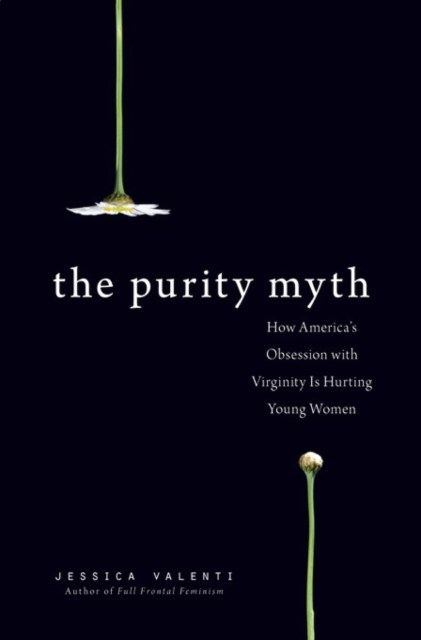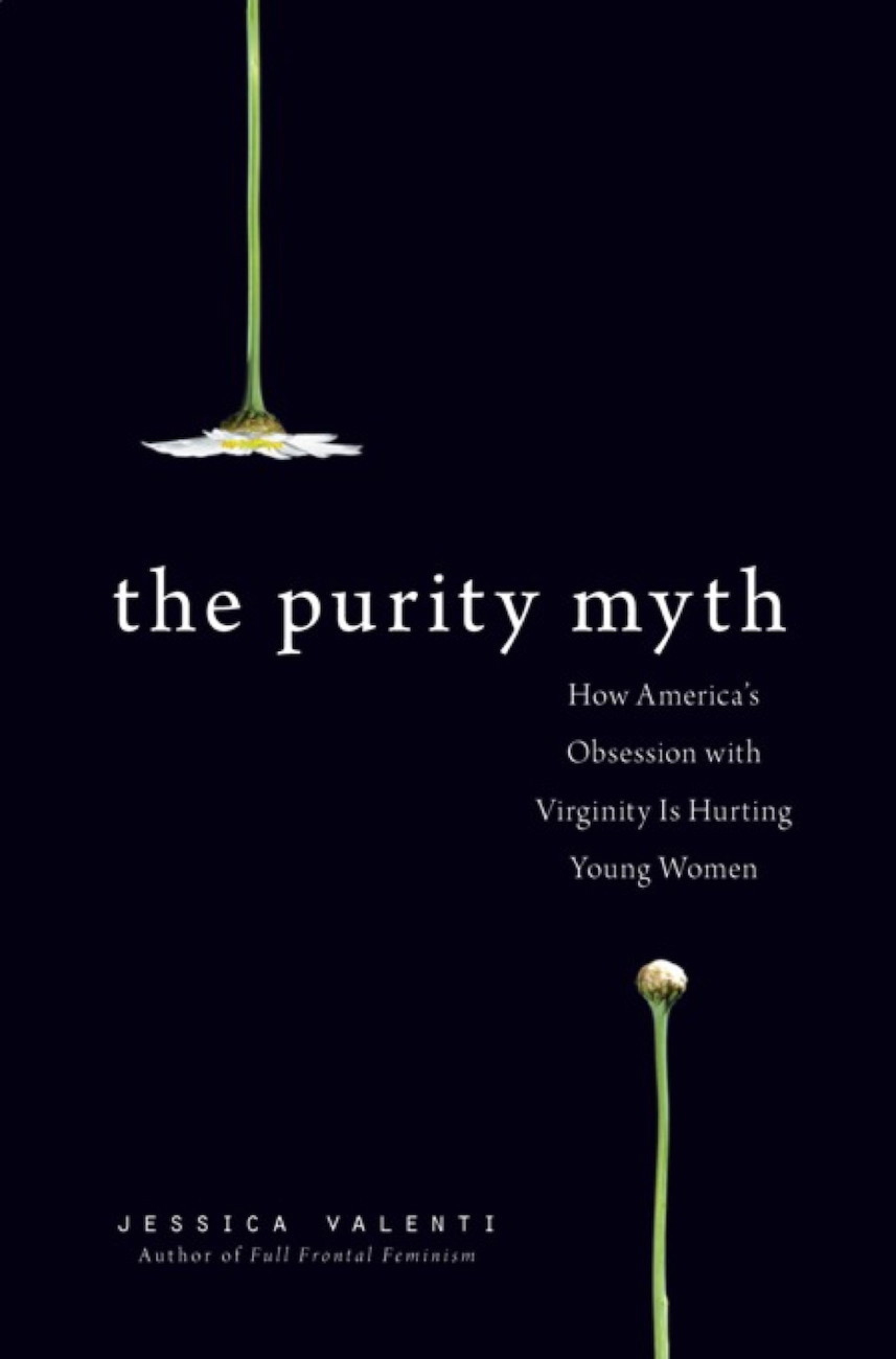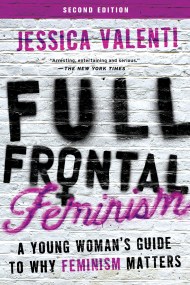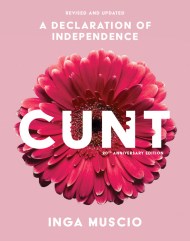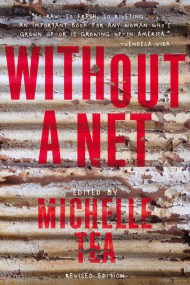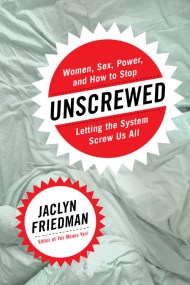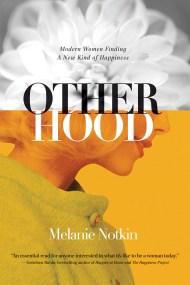Promotion
Use code BEST25 for 25% off storewide. Make sure to order by 11:59am, 12/12 for holiday delivery!
By clicking “Accept,” you agree to the use of cookies and similar technologies on your device as set forth in our Cookie Policy and our Privacy Policy. Please note that certain cookies are essential for this website to function properly and do not require user consent to be deployed.
The Purity Myth
How America's Obsession with Virginity Is Hurting Young Women
Contributors
Formats and Prices
- On Sale
- Mar 24, 2009
- Page Count
- 300 pages
- Publisher
- Seal Press
- ISBN-13
- 9780786744664
Price
$11.99Price
$14.99 CADFormat
Format:
- ebook $11.99 $14.99 CAD
- Trade Paperback $18.99 $24.99 CAD
This item is a preorder. Your payment method will be charged immediately, and the product is expected to ship on or around March 24, 2009. This date is subject to change due to shipping delays beyond our control.
Buy from Other Retailers:
The United States is obsessed with virginity–from the media to schools to government agencies. In The Purity Myth, Jessica Valenti argues that the country’s intense focus on chastity is damaging to young women. Through in-depth cultural and social analysis, Valenti reveals that powerful messaging on both extremes–ranging from abstinence-only curriculum to “Girls Gone Wild” infomercials–place a young woman’s worth entirely on her sexuality. Morals are therefore linked purely to sexual behavior, rather than values like honesty, kindness, and altruism. Valenti sheds light on the value–and hypocrisy–around the notion that girls remain virgins until they’re married by putting into context the historical question of purity, modern abstinence-only education, pornography, and public punishments for those who dare to have sex. The Purity Myth presents a revolutionary argument that girls and women are overly valued for their sexuality, as well as solutions for a future without a damaging emphasis on virginity.
Newsletter Signup
By clicking ‘Sign Up,’ I acknowledge that I have read and agree to Hachette Book Group’s Privacy Policy and Terms of Use
